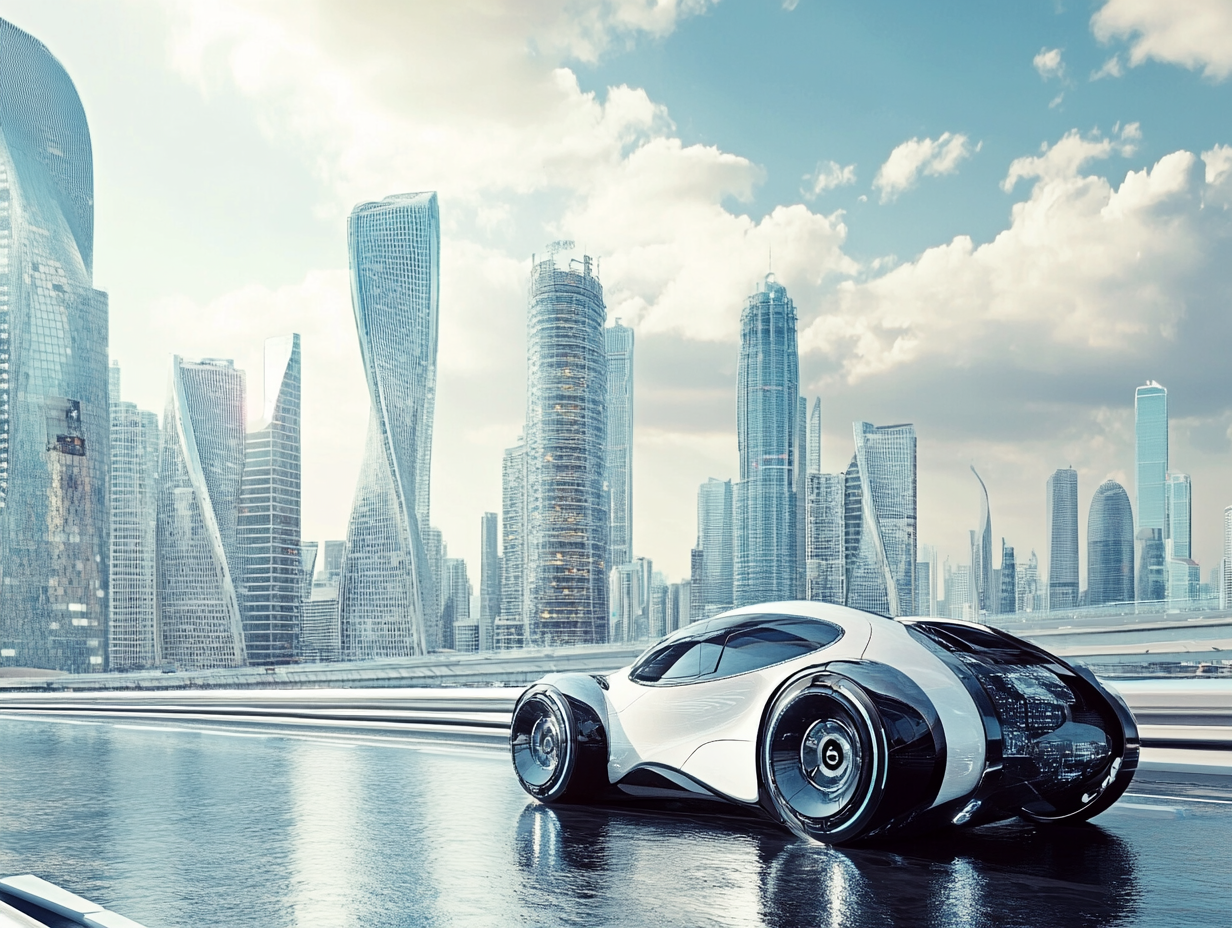Exploring the future of mobility: trends, innovations, and challenges redefining transportation
The mobility sector is undergoing a profound transformation, ushering in a new era defined by innovative technologies, sustainable practices, and shifts in consumer behavior. The future of mobility is driven by advancements in electric vehicles, autonomous driving, and smart infrastructure that promise to reshape the way we move and interact with our environment. In this article, we explore key trends driving change, the challenges of implementation, and the opportunities that lie ahead.
1. Mobility trends shaping the industry
The trends within mobility highlight a dynamic shift from traditional transportation systems to innovative, sustainable, and efficient solutions. Mobility trends, such as the rise of shared mobility and the adoption of environmentally friendly vehicles, are at the forefront of this evolution. These trends are not only transforming how we commute but also influencing urban planning, resource allocation, and environmental impact.
2. Electric vehicles: the cornerstone of future mobility
Electric vehicles (EVs) have emerged as a promising solution to reduce carbon emissions and combat global warming. With advancements in battery technologies and the expansion of charging infrastructure, the widespread adoption of EVs is becoming more feasible. Battery electric vehicles and e-bikes represent the shift towards sustainable energy sources, offering new opportunities for reducing traffic congestion and creating safer roads.
Key elements driving EV adoption:
- Charging stations and smart infrastructure
- Improved battery technologies
- Government incentives for environmentally friendly initiatives
3. Autonomous driving and AI: revolutionizing mobility
Autonomous driving technology is a crucial component of future mobility. By leveraging artificial intelligence, autonomous vehicles can analyze real-time data to make better decisions, enhancing safety and efficiency. The integration of AI algorithms in automated driving systems is paving the way for safer, smarter, and more connected transportation solutions.
Key innovations in autonomous driving:
- AI-powered driving technology
- Machine learning for real-time decision-making
- Safer roads through advanced risk management systems
4. Shared mobility and smart infrastructure
Shared mobility platforms and smart infrastructure play a pivotal role in evolving mobility. Shared solutions, such as carpooling and ride-sharing, optimize resource utilization while reducing environmental impact. Smart infrastructure, equipped with digital transformations and data-driven insights, enables better connectivity and efficiency within the mobility ecosystem.
Highlights of shared mobility and smart infrastructure:
- Integration with public transport for seamless connectivity
- Reduction in time and money spent on commuting
- Enhanced user experience through real-time tracking and updates
5. Overcoming challenges in the mobility sector
Despite the advancements, the mobility sector faces challenges such as supply chain disruptions, potential problems in scaling charging infrastructure, and the need for robust cybersecurity measures. Addressing these issues requires collaborative efforts across industries, governments, and technology providers to ensure sustainable growth.
Conclusion: the path ahead
The future of electric mobility is brimming with possibilities, driven by innovation, sustainability, and technological advancements. As we navigate this transformative period, staying ahead of mobility trends and leveraging evolving technologies will be essential to building a sustainable, efficient, and inclusive transportation ecosystem. The journey into the future of mobility promises to redefine not only how we travel but also how we live and interact in a rapidly changing world.



Comments